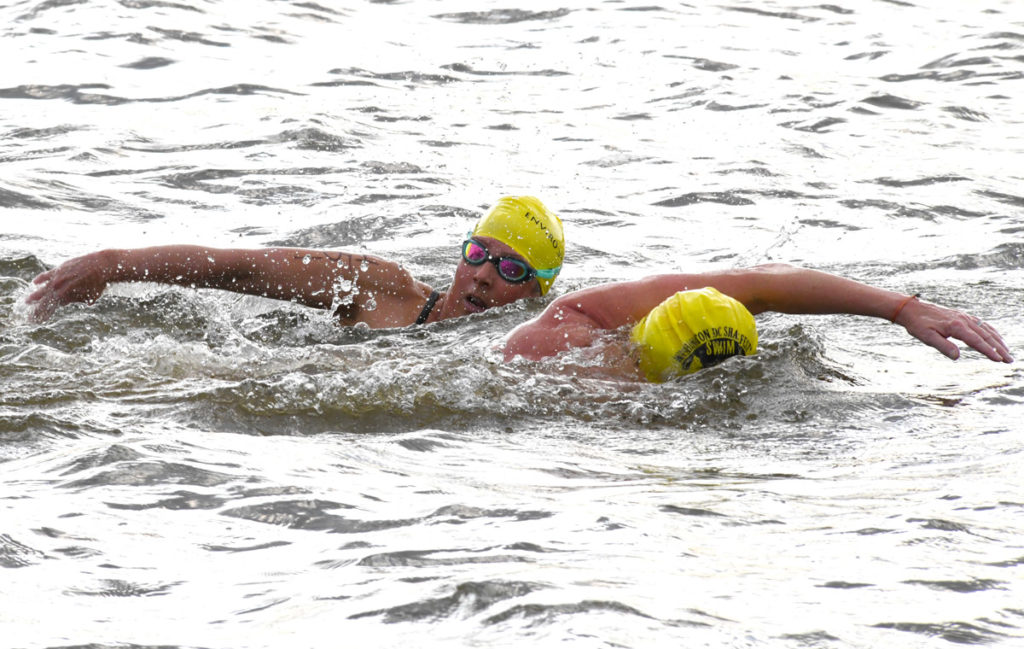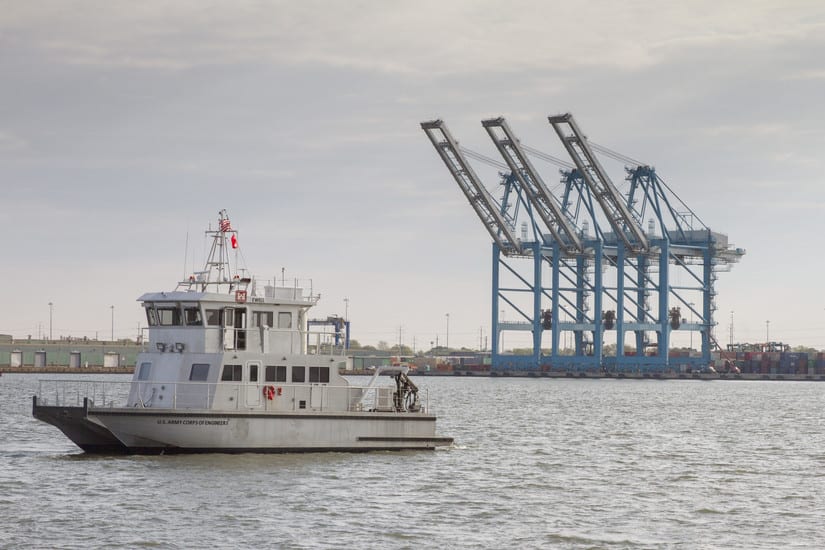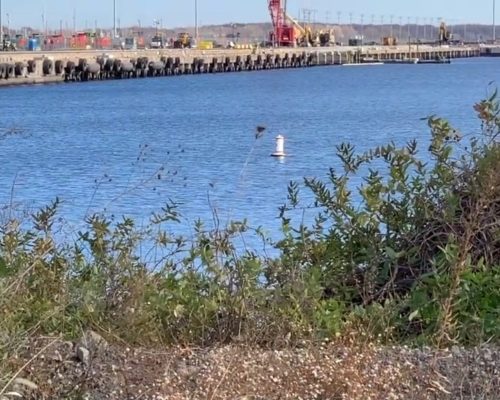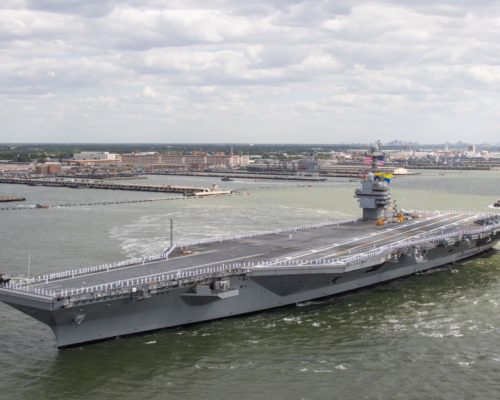As riverkeeper organizations push their grassroots campaign to promote safe swimming in Washington, D.C., Congress passes a bill to study potential spots for public beaches in the nation’s capital.
Swimming in the urban areas of the Potomac River has been a no-no since 1971. But a petition to lift the swim ban, led by the Potomac Riverkeepers Network (PRKN), has picked up steam. This past June, Bay Bulletin covered a pair of hardy distance swimmers who broke the ban to swim a 20-mile stretch of the river, proving it has potential for public swimming. And pop music star Lorde announced onstage at a D.C. concert this year that she’d gone for a swim in the Potomac, prompting strong reactions online.
Now, the Water Resources Development Act of 2022 (WRDA), sponsored by Congresswoman Eleanor Holmes Norton (D-DC), authorizes the U.S. Army Corps of Engineers to study the feasibility of safe swimming in the Potomac and Anacostia rivers in D.C.
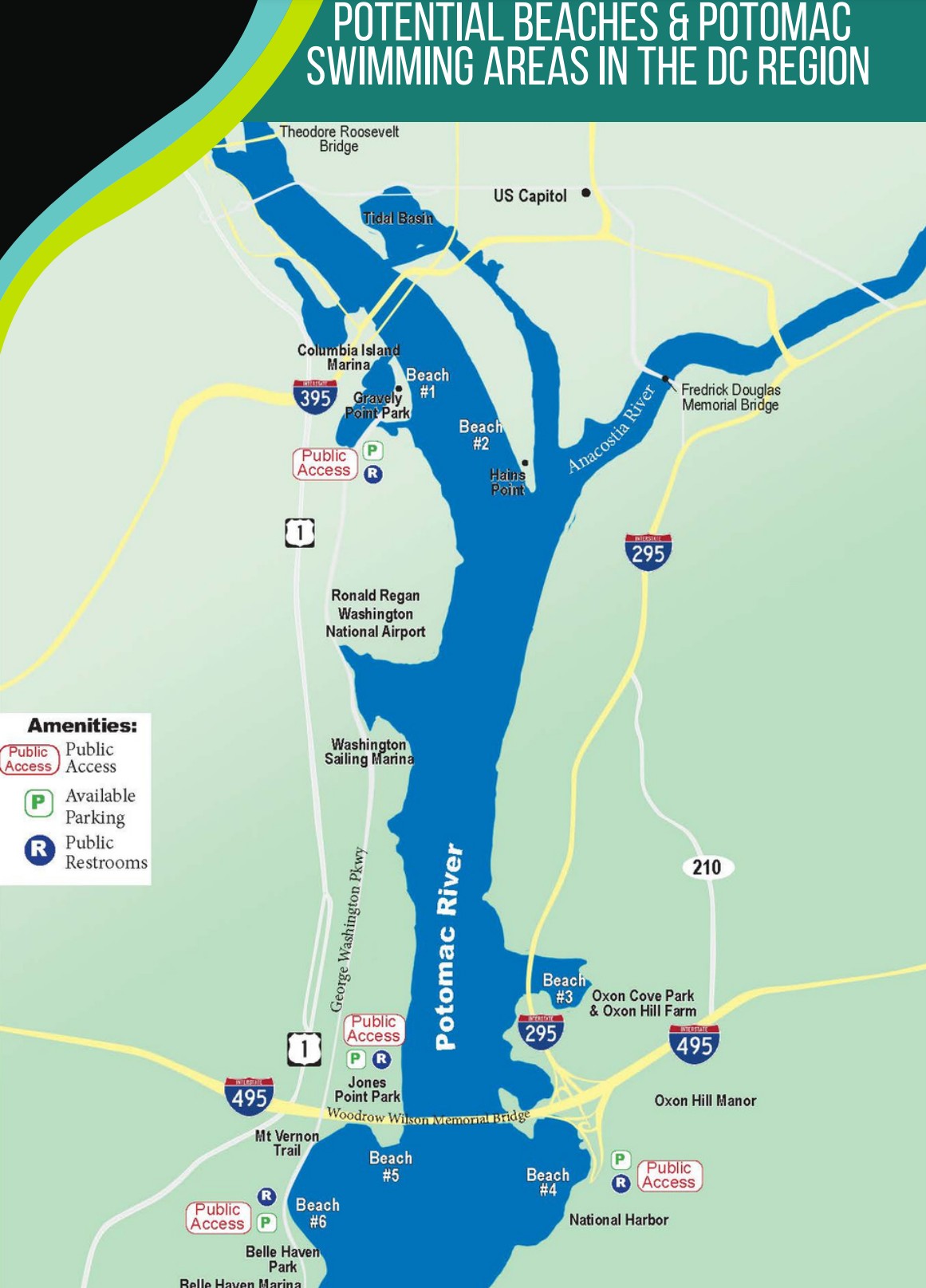
The feasibility study has a deadline to be completed no later than 36 months after the WRDA is enacted. It would assess and consider open water swimming access in both the D.C. rivers “with consideration of water quality, current, security, and other water safety considerations, and the practicality of public access, transportation, and other necessities to support public swimming access.”
PRKN’s 2022 Swimmable Potomac Report, based on the volunteer-sourced Community Science Water Quality Monitoring Program, looks at bacteria levels at 20 sample sites. 76 percent of the time, the sites passed state bacteria standards. Five sites passed more than 90 percent of the time, indicating they’re safe overall for swimming. They include Mallows Bay at Liverpool Point, Mallows Bay Dock, the Tidal Basin, Pohick Bay, and Mallows Bay at Grady Point.
“Swimming in our local river is a right too long denied to DC residents and visitors,” says PRKN President Nancy Stoner. “PRKN’s three year old Water Quality Monitoring program and the reports it publishes have demonstrated that the water is frequently safe for human contact. Now, what we need is for the DC government to lift the ban on swimming and to create open, public beaches with daily monitoring for water safety so that everyone can enjoy swimming in our hometown rivers.”
The WRDA also authorizes the Army Corps of Engineers to study a secondary drinking water source for D.C., which is solely reliant on the Potomac for its water supply, and to study growing flooding concerns in the Federal Triangle area of D.C.
-Meg Walburn Viviano

